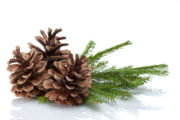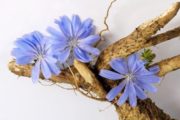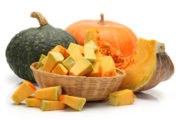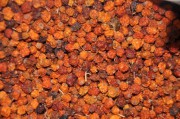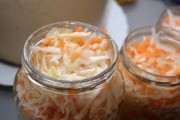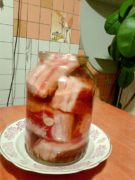Dried corn kernels at home
The ancient Aztecs, who lived in the territory of modern Mexico 12 thousand years ago, began cultivating corn. It’s hard to imagine, but it is their merit that we now have many varieties of corn and a huge number of recipes for cooking corn dishes.
If you like boiled corn, then unfortunately you will have to wait for the season. After all, only corn at the “milk ripeness” stage is suitable for boiling, and such corn cannot be stored for long.
For drying, ripe cobs are taken, which are collected from late summer to late autumn. The corn is cleared of leaves (but not torn), the corn silks are removed, and the corn itself is hung by the leaves under a canopy.
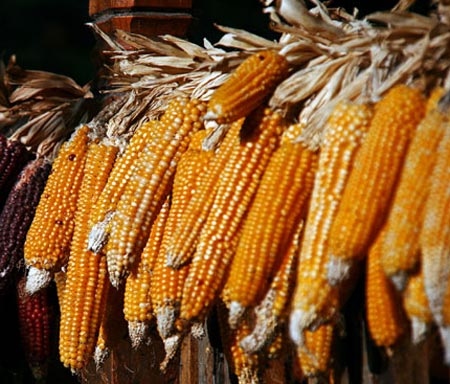
Feed corn can be stored this way all winter; it is picked and used as needed.
Drying sweet corn
Sweet corn, after natural drying, must be peeled from the cob and dried.

You can scatter the corn kernels on a baking sheet and leave them in the sun to dry completely, or dry them a little in the oven.
Sweet corn is used to make corn flour or corn grits, which is not particularly valued by culinary experts, but corn porridge is indispensable in the diet.
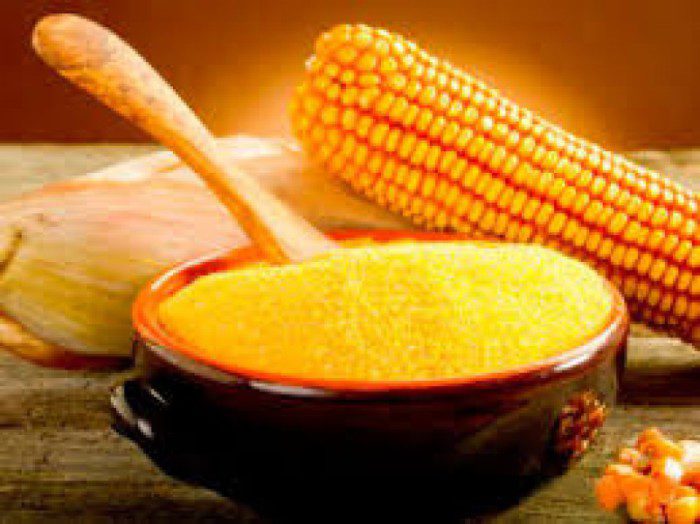
Dried corn should be stored in glass jars with lids or linen bags.
How to prepare corn flour at home, watch the video:
Drying corn for popcorn
To dry corn for pop crowns, you need special varieties that have the special property of bursting when heated.
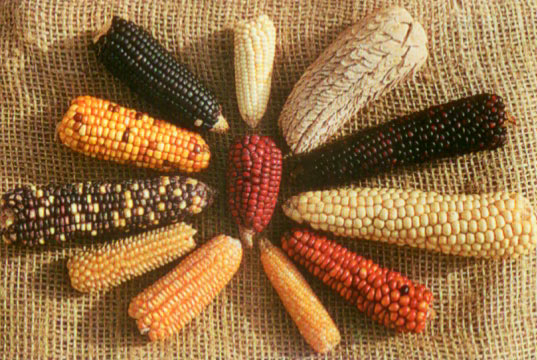
In the same way as sweet corn, initial drying should be done under a canopy, tying the cobs by the leaves. But this corn should not be overdried, otherwise it will not explode.
If you still dry out the corn for obedience, leave the container with the corn open for a couple of days in a humid room. But don’t overcook it so it doesn’t get moldy.
Drying corn silk
Corn silk is used in folk medicine, and official medicine does not object to their healing properties.
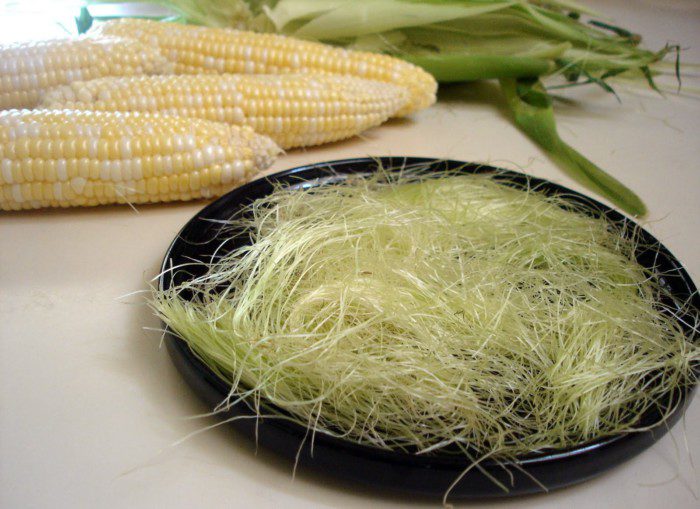
Corn silks are collected for drying when the corn is still in a state of milky ripeness, and the silks have just appeared from under the leaves. It won't hurt the corn if you carefully collect the stigmas; it will be able to grow further without them.
Spread the stigmas in a thin layer in the sun, and they will dry within a few days. Turn the “hairs” over from time to time, and if they become brittle, then drying can be considered complete.
It is better to store dried corn silk in paper bags in a dry place.




